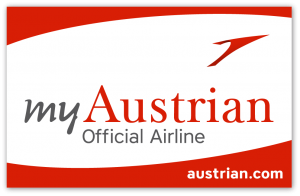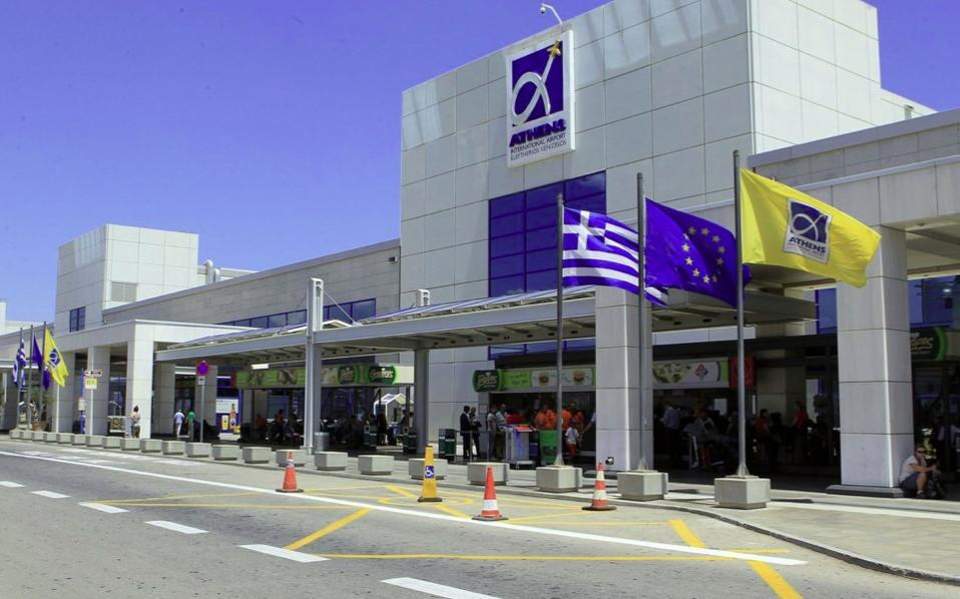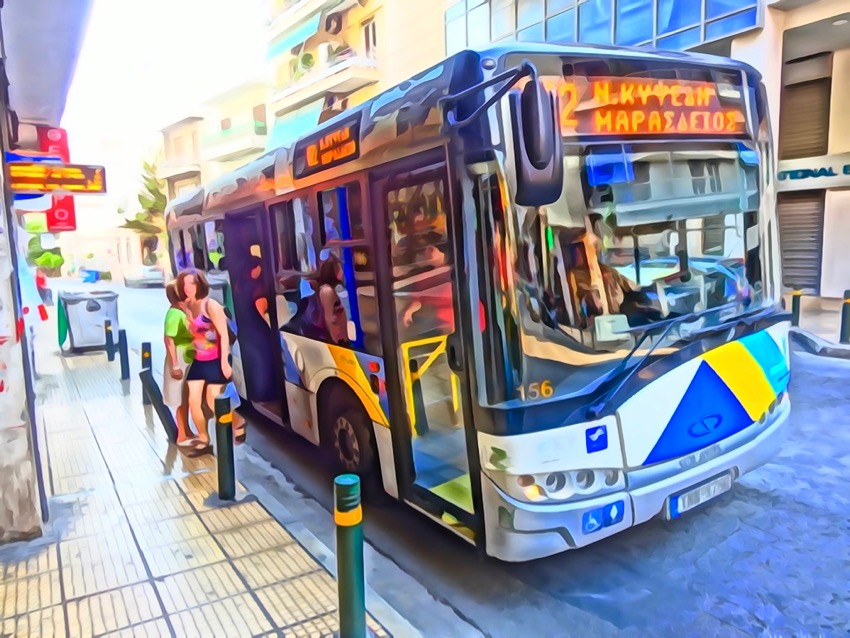Travel Information
Sponsoring Airline
Book your flights to the “IISA 2020” online at www.austrian.com and SAVE 15% on all applicable fares!
To do so, simply enter the following code in the eVoucher field on the Austrian homepage booking engine
Code: IISA20 
Conditions:
- Booking period: now until July 17th, 2020
- Valid for flights to Athens via Vienna and return as of July 08th until July 24th, 2020 (final date for return flight) on scheduled flights operated by Austrian Airlines
Book your flights here!
Airport
Athens Airport, known officially as Athens International Airport “Eleftherios Venizelos” (IATA: ATH, ICAO: LGAV) and commonly initialized as “AIA”, is located between the towns of Koropi, Markopoulo and Loutsa, 30 km to the east of Athens.
The port of Piraeus is 10.5 km (6.5 miles) from the Acropolis. The best ways to travel between the two is by metro or taxi. The metro station is about one mile away from the cruise terminal, or a 15-20 minute walk around the harbour. After that, you have a 20-minute ride on the metro to Athens.
Taking an Athens airport taxi from the airport to Piraeus port is by far the most convenient transfer option. The journey only takes 40 minutes, and you don’t have to worry about the safety of your luggage or your arrival time.




Public Transportation
The Athens public transport system is affordable, reliable and covers most of the city and suburbs.
Public Transportation is cheap, safe and reliable allowing you to discover more about the city. It consists of City buses, Electric trolley-buses, Athens Metro, Athens Tram, and Athens Suburban railway. When using Athens Public Transport you are obliged to hold a valid ticket or travel card. Tickets and cards are valid for the transport mode and time period printed on them. All tickets have to be validated in the validating machines upon boarding (buses, trolleybuses) or walking to the platforms before boarding (tram, metro). Upon requests you should demonstrate your validated ticket or card to the authorized fare inspectors together with the relevant supporting documents certifying your right to free or with reduced cost, transportation.
Metro
The Metro is operated by STASY S.A (STATHERES SYGKOINONIES S.A) and provides public transport throughout the Athens Urban Area. While its main purpose is transport, it also houses Greek artifacts found during construction of the system. The Athens Metro has an operating staff of 387 and runs three metro lines; namely the Green (line 1), Red (line 2) and Blue (line 3) lines, of which the first was constructed in 1869, and the other two largely during the 1990s, with the initial sections opened in January 2000. The line 1 for the most part runs at ground level and the other two (lines 2,3) routes run entirely underground and a fleet of 42 trains consisting of 252 cars operate within the network, with a daily occupancy of 1,353,000 passengers.
Line 1 (the Green Line) serves 24 stations, and forms the oldest line of the Athens metro network. Runs from Piraeus station to Kifissia station and covers a distance of 25.6-kilometre.
Suburban rail (Proastiakos)
The Athens commuter rail service, referred to as the “Proastiakós”, connects Eleftherios Venizelos International Airport to the city of Corinth, 80 km west of Athens, and Larissa station, the city’s central rail station, with the port of Piraeus and Chalkida. The service is sometimes considered the fourth line of the Athens Metro. The length of Athens’s commuter rail network extends to 120 km and is expected to stretch to 281 km by 2010.
Tram
The tram network spans a total length of 27 km and covers ten Athenian suburbs. Further extensions are planned towards the major commercial port of Piraeus.The expansion to Piraeus will include 12 new stations, increase the overall length of tram route by 5.4 km , and increase the overall transportation network.
Bus
OSY (Greek: ΟΣΥ) (Odikes SYgkinonies), or Road Transport, is the main operator of buses and trolleybuses in Athens. Its network consists of about 300 bus lines.
International and regional bus links are provided by KTEL from two InterCity Bus Terminals, Kifissos Bus Terminal A and Liosion Bus Terminal B, both located in the north-western part of the city. Kifissos provides connections towards the Peloponnese and Attica, whereas Liosion is used for most northerly mainland
